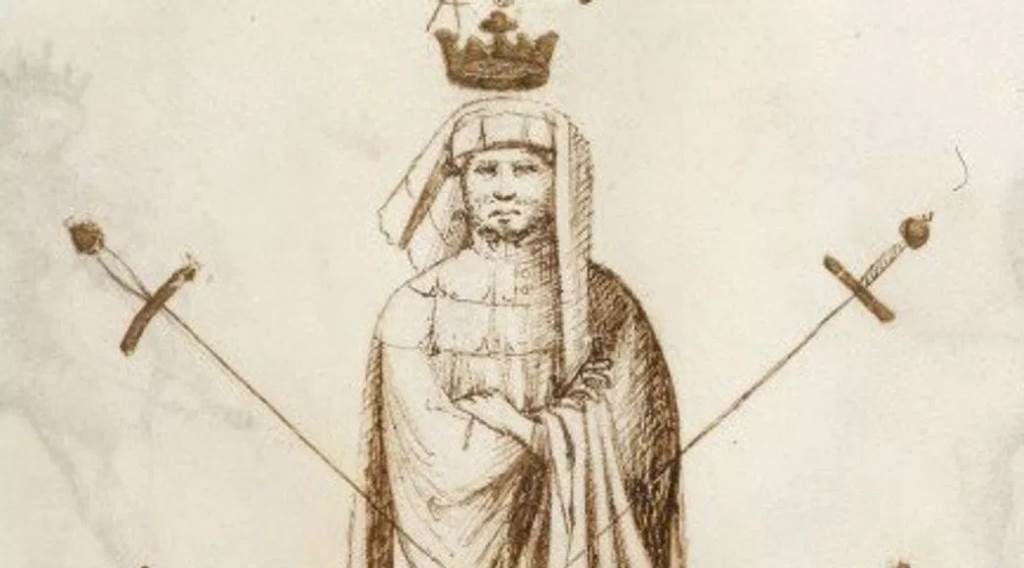
A few years ago, I was given a book by my Grandfather called The Last Duel: The True Story of Death and Honour. It was something of a transformative read. In the Greek Odysseys and Icelandic Sagas, the warrior’s attitude towards war was entirely different from our modern ideas. Indeed the idea that war was glorious was prevalent until the end of the nineteenth century. This changed in part as a result of the First World War. The belief that it was glorious to die for one’s country swiftly started changing when men were mown down by their thousands in the first few months. War became seen not as a source of glory, but of tragedy.
The history of duelling lies somewhere in between those two attitudes, but the closer history comes to intersecting us, the more it humanises the combatants. The Odysseys and Sagas do little to internalise on the fears of the protagonists. The gods were very real in ancient times and the comfort of something everlasting certainly did a great deal to override the instinctive desire for self-preservation. This was hardly the case for the late eighteenth century duelist, but they entered the fight nonetheless.
The reason I mention this is because there are no more duels, at least not in the context of two men (or women)fighting with swords. This might be an offensive idea to some re-enactors and HEMAists alike, but it’s true. There is an element missing in training and tournaments: fear of death.
When something goes wrong in training, we can always get up, dust ourselves off and try again tomorrow. But what if there was no tomorrow? Such a fear would almost certainly inform our style. It would encourage us to be more cautious or aggressive. It might force us to move faster and strike harder.
I find a lot of martial arts practitioners don’t strike with genuine force or they aim away from the face while sparring. The recipient of the strike is therefore encouraged to feel safe in a learning environment. What happens when you encounter someone on the street who isn’t wearing padded gloves and who is going to drive his fist right into the bridge of your nose?
“Hey, I’ve trained for this,” you might think. But there are no referees, no ring outs, and no tapping out. There are no second chances.
In the same way that there are no more duels, it could be concluded that there are no more masters. Again, this could offend some people, but the reality is that without the fear of death and without knowing what it’s like to kill a man who’s desperately trying to kill you, we will never know what the effects will be on our psyche or how we engage an opponent.
We have distanced ourselves from death. We think of it as a complication reserved for the old and infirm. As martial artists though, the best we can do is contemplate the fear of death in a duel and not take our mistakes lightly. This is doubly true for the swordsman.
Don’t get me wrong; I have a lot of respect for any and all practitioners of martial arts. However, something worth thinking about is whether or not the ‘masters’ of today could go toe-to-toe with the knights of the high middle ages. I’m sure the Masters of today would be the first to agree that, no, they probably couldn’t. I don’t begrudge them calling themselves masters either, but it’s the same way we think of Luke Skywalker as a master Jedi. I mean, is he really. He trained for a few months and killed zero Sith!
To finish on a less cynical note: while things like health and safety remove us somewhat from the true contemporary styles of the medieval and renaissance period, we should also appreciate that we have greater access to a wider array of knowledge which means we modern softies can also develop a more well-rounded style of fencing with the knowledge of centuries left to us by the masters. So, every cloud and all that!
